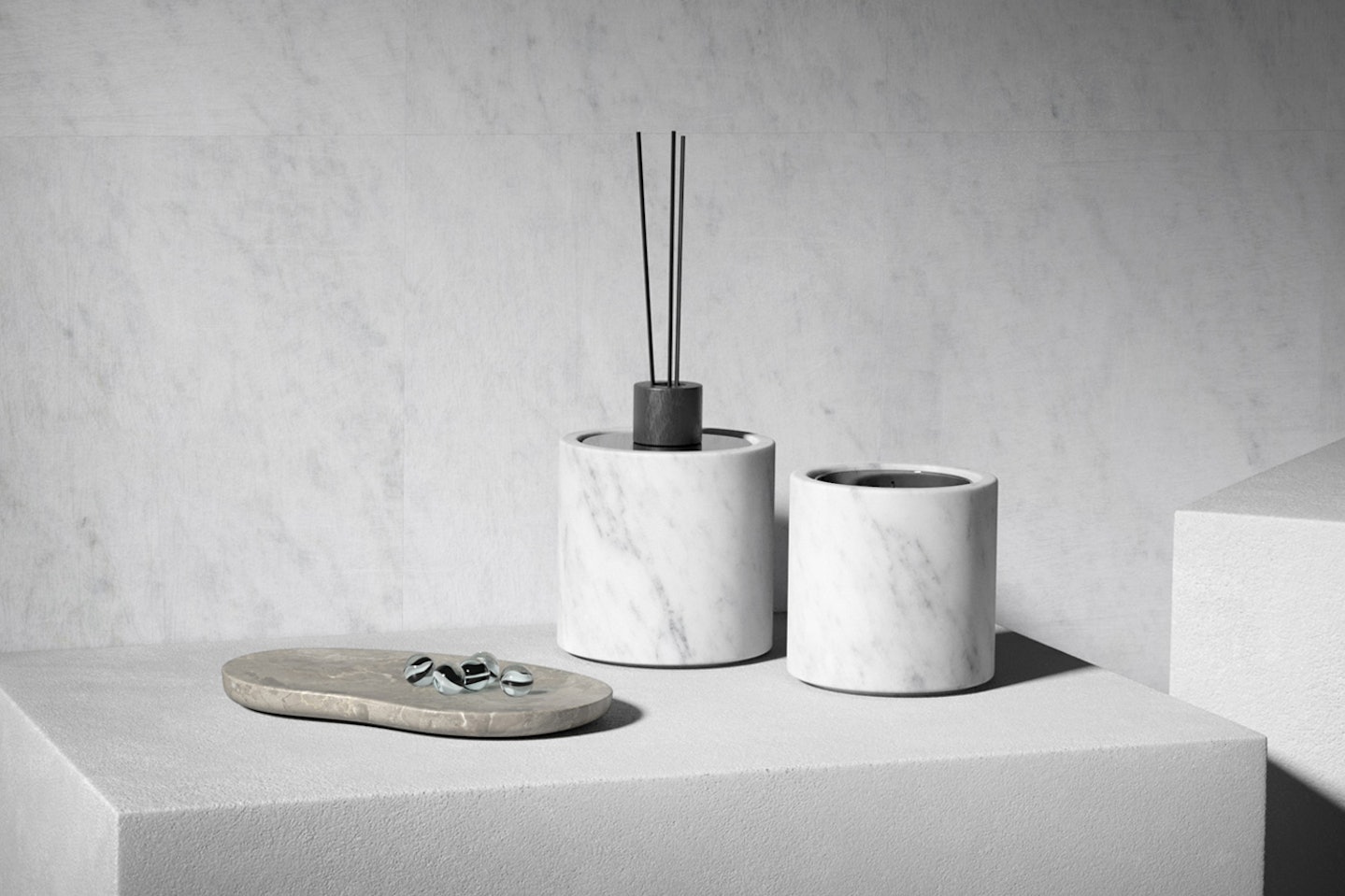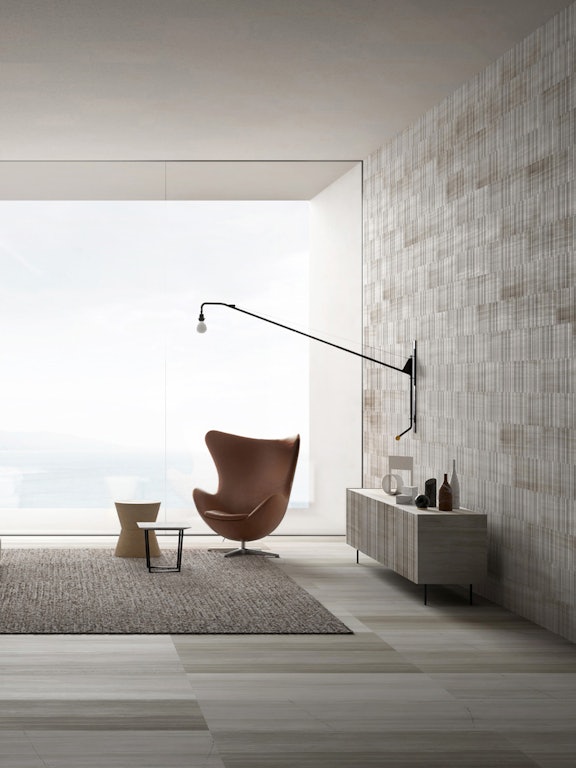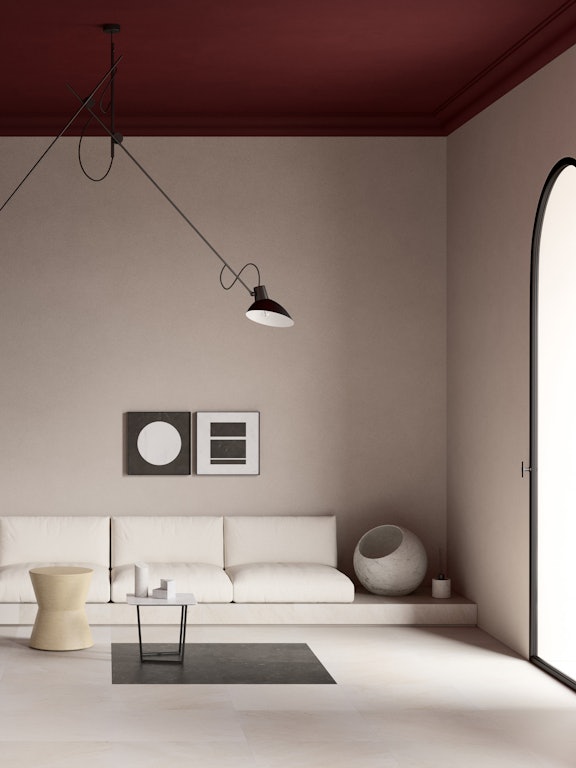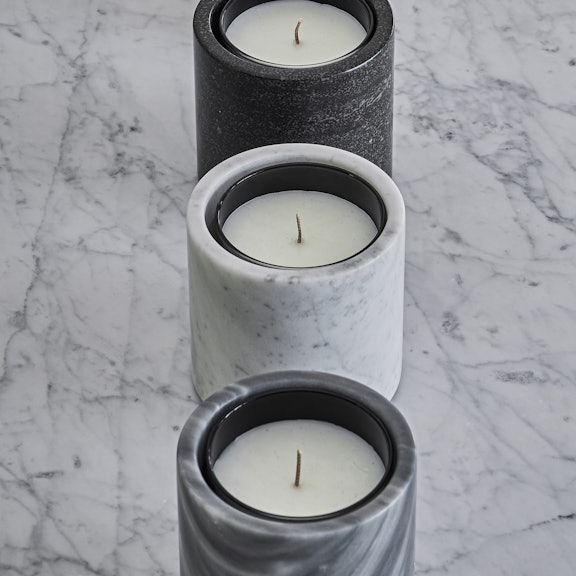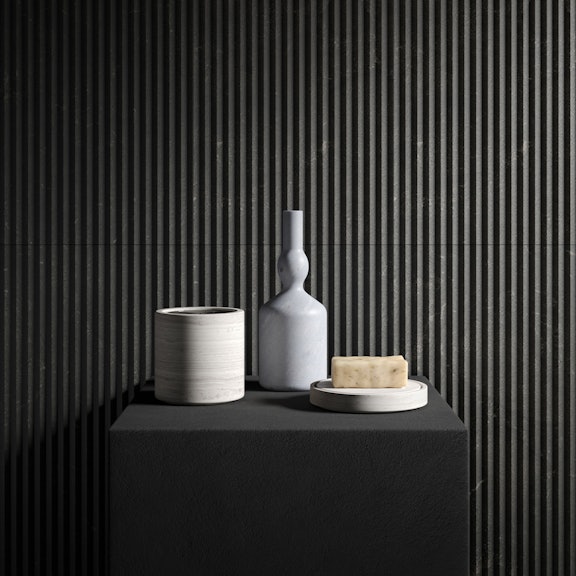Marble and design: towards a holistic approach
03.2022
The naturalness of marble is perfect for developing an all-round design
The new frontier of marble: holistic design
The development of design has often been influenced by the environment and culture in its progress. In recent years we are increasingly seeing the emergence of an innovative form of design, which completely changes the attitude to designing an object: holistic design.
For us at Salvatori, an approach of this kind is fundamental and an indispensable part of our work, and has become an integral part of our entire production process.
But let’s try to better understand what is meant when we talk about holistic design. With reference to the Greek word Olos, which means ‘all’, by applying the term holistic to design we obtain a type of design that embraces the object in all its dimensions.
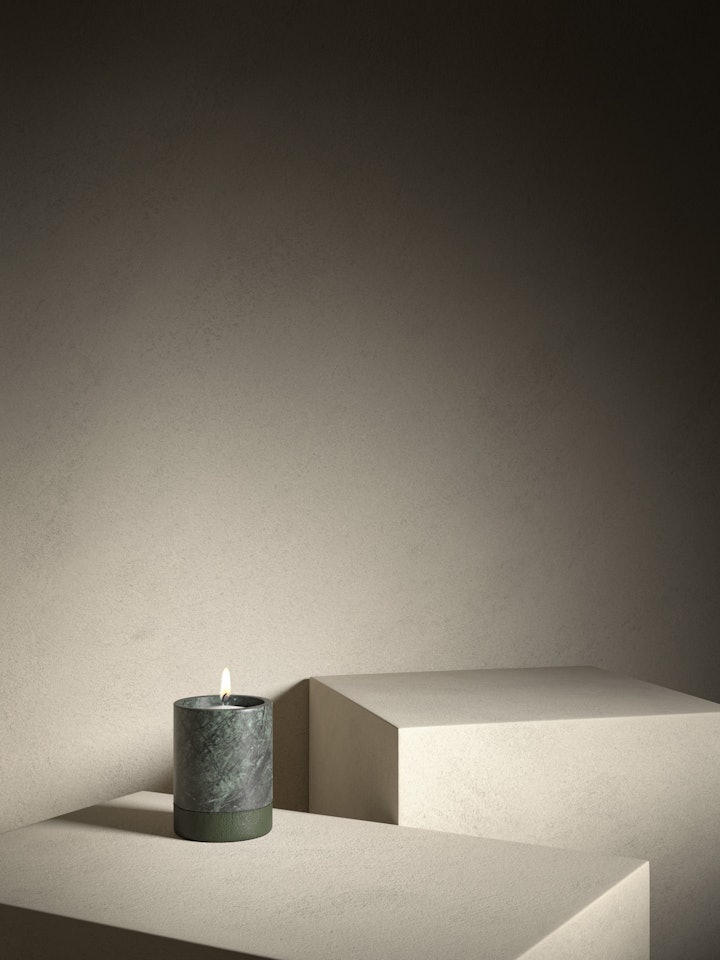
The ultimate goal
The ultimate goal of Holistic Designs is to create a kind of harmony between the various aspects, which consequently succeeds in transmitting serenity and completeness to those who use them.
All our designs are born from this drive: from the simplest soap dish to the most monumental bathtub, everything is created to convey emotions.
The use of environmentally friendly materials of natural origin is one of the founding principles of this innovative design: marble is perfectly placed in this context, revisited and processed it is no longer limited to its ancient and statuesque aesthetic but revived to welcome man in an immediate embrace with nature.
The drive of Salvatori to design furnishing elements that are both functional and that perfectly adapt to humans and the environment permeates every project: the choice of beautiful and resistant marble and stone follows our propensity to create design projects that provide people with both security and serenity.
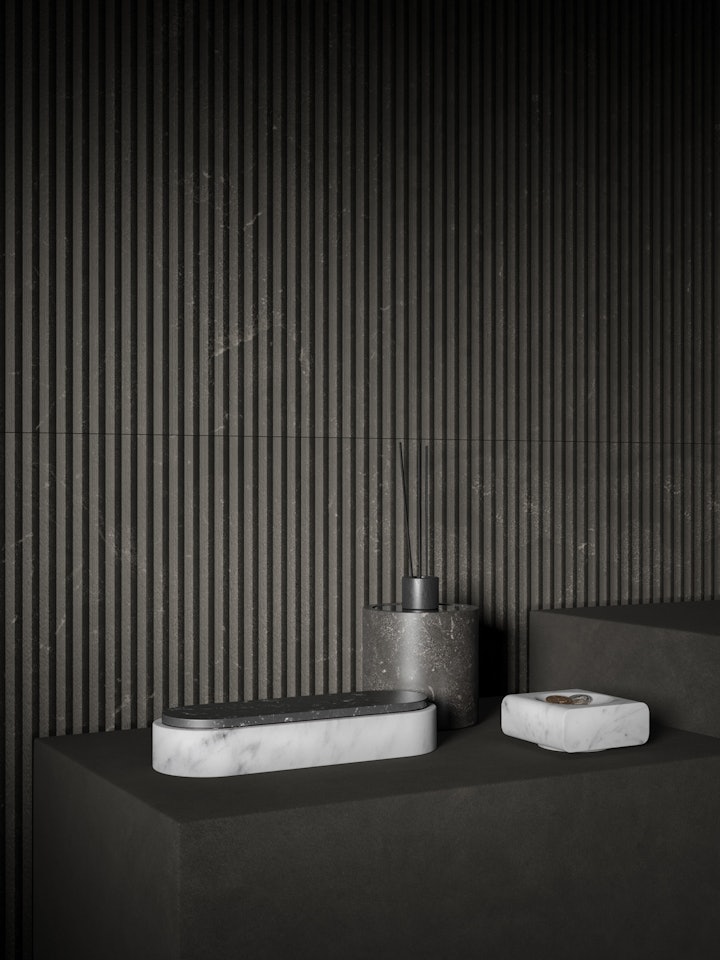
Holistic Design in Salvatori Furnishings
Designing home furnishings from a holistic point of view follows several principles.
In fact, if primarily it is necessary to keep man’s wellbeing in mind when thinking about how to arrange objects (exposing the most lived-in areas of the house to the south, for example, makes it possible to benefit more from natural light), the types of furniture, and how these are designed and made, also plays a central role in achieving overall harmony.
In Salvatori’s view, perceiving the home as a multi-sensory space is essential. For this reason, all our designs work to convey emotions, as well as beauty and durability.
Following this approach requires all-round thinking. Lines that refine the stone, stripping it of its characteristic stoicity to bring to the surface all the warmth that a material with a close bond to nature brings with it, appeals to the senses of sight and touch: a light and ethereal element like the Curl chaise lounge holds within it all the durability of marble in a totally unexpected design.
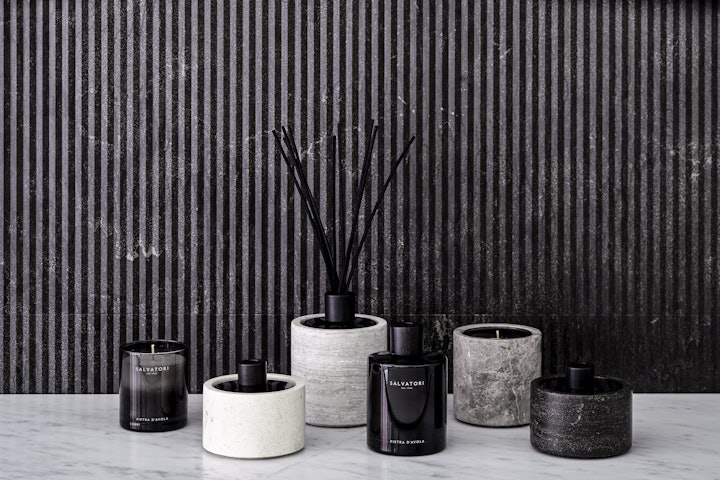
The result is a cosy and elegant piece of furniture that incredibly enriches the interconnection between man and environment.
In its long and continuous study, Salvatori has decided to dare more, and interpret stone and its scents.
For this reason we have developed a range of candles and fragrances for interiors that add an extra dimension to the human experience of design: our Essenze range infuses the environment with luxurious notes specially chosen to represent our marbles. From stone, a material with a profoundly organic nature, come scents that favour a truly all-round experience of the environment: a fusion with nature in its entirety.
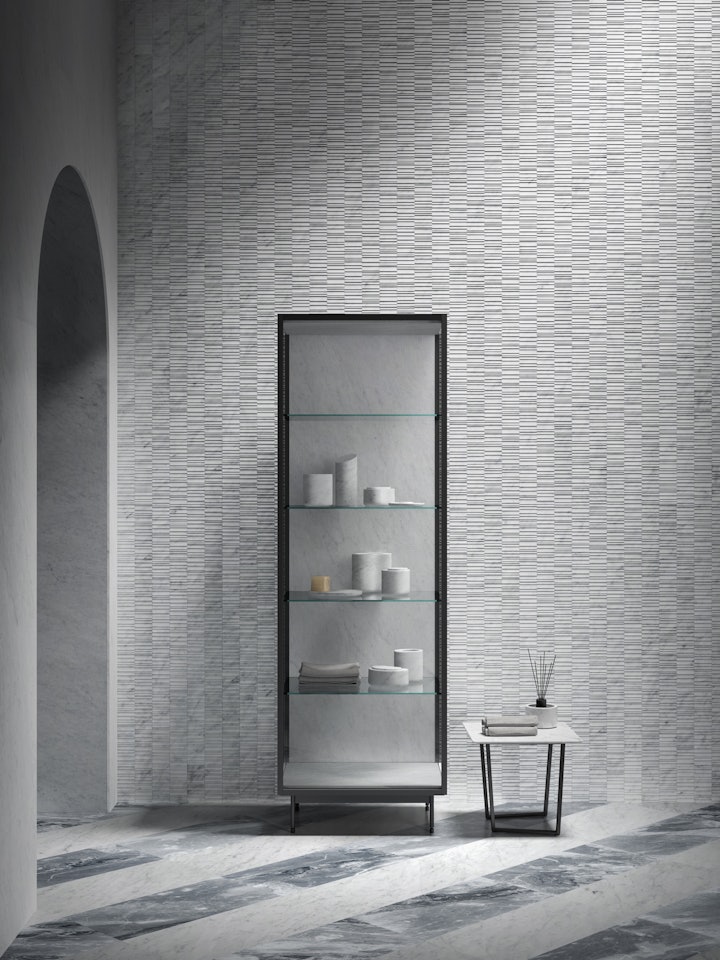
Holistic Design in Architecture: the Finnish House
Finding a holistic approach in the overall architecture of a building is more complicated, especially when it comes to exteriors.
Yet we can already find an initial approach in the Finnish architect Alvar Aalto’s Finlandia House. Built in Helsinki in 1971, this building, used as a concert and congress hall, offered the architect the opportunity to give the population a place where they could feel at home, in total harmony with music and the natural landscape.
For Aalto, it was therefore essential to create a building that blended in perfectly with its surroundings. In conjunction with this idea, the architect was also firmly convinced that everything he designed should not only be highly functional, but should also fulfil the psychological and physical needs of individuals.
This gave rise to his rejection of artificial materials, in favour of natural elements that perfectly convey the eternal, ancestral interconnection between man and nature.
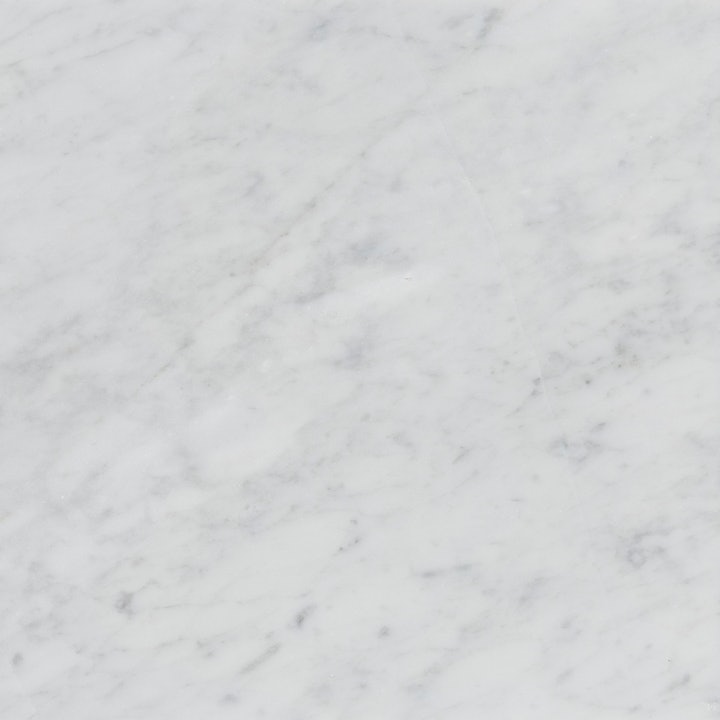
When it came to choosing the materials with which to build Casa Finlandia, Aalto had no doubts: for the exterior and much of the interior the famous architect chose snow white Carrara marble.
A durable material such as marble communicates the eternal language of nature: unswayed by changing fashions, relying on the durability of marble is a timeless choice. Since the earliest caves, stone has provided man with a refuge from the dangers of the outside world: an archetypal value that continues to this day. There is no better material than marble to convey the idea of a safe and welcoming home for people.
